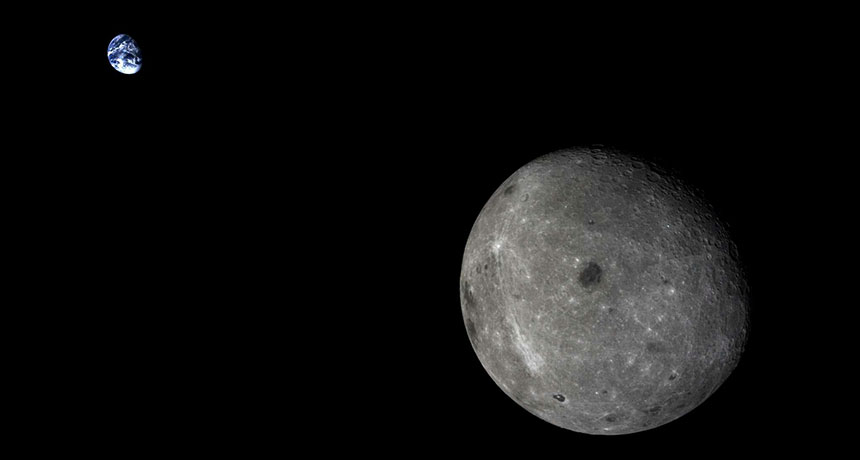China is set to launch a satellite to support a future lunar rover
The rover will be the first to visit the farside of the moon

NEXT STOP China’s relay satellite will support a future mission to the farside of the moon, photographed here in 2014 by an earlier Chinese satellite called Chang’e-5T1.
Chinese National Space Administration







